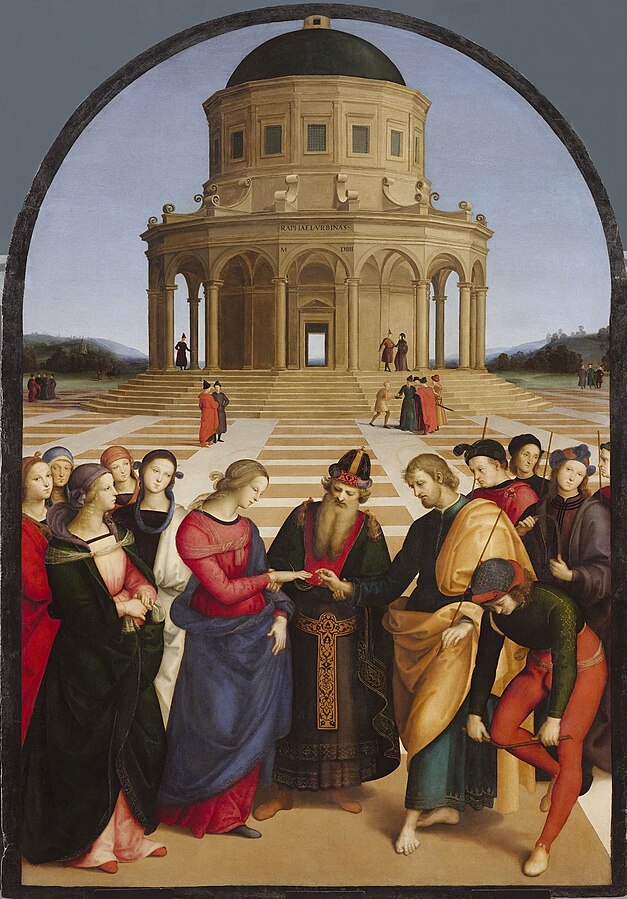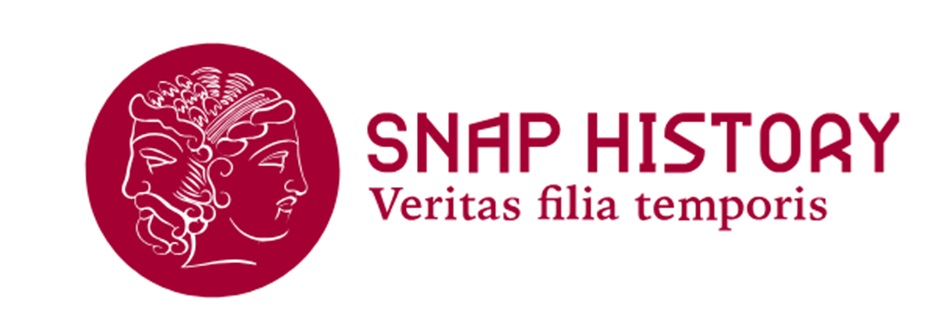The birth of marriage as we know it today
The modern age and the "invention" of Christian marriage

The Marriage of the Virgin by Raphael, 1504. The marriage of Joseph and Mary has always been a subject in Christian art and painting. Following the religious emphasis given to marriage starting in the 16th century, it became an increasingly recurring theme. - Commons Wikimedia
Christian marriage as we know it today is relatively recent, dating back to the 1500s. In the Middle Ages, marriage was not governed by strict legal regulations but rather by customs and was understood differently. It was a process marked by several stages, such as the promise, cohabitation, consummation, the wedding banquet, and, only at the end, the formalization of the union, usually before a notary. It was only in the 16th century that marriage became more strictly regulated and acquired its religious and sacred character.
In the early modern period, factors such as the strengthening of states, the Protestant Reformation, and the Counter-Reformation contributed to a general tightening of social norms, including those surrounding marriage and its celebration. Both Protestant and Catholic authorities mandated that the marriage ceremony be conducted in the presence of a pastor or priest, who would then record it in a register, replacing the role of the notary. The ceremony was to take place in solemn silence and in a sacred atmosphere; religious authorities strongly encouraged its celebration in church and sought to eliminate all profane customs associated with it, such as boisterous behavior from friends, obscene jokes, and revelry during and after the ceremony.
The presence of witnesses was also made mandatory to ensure the public nature of the event, and in Protestant territories, paternal consent became a requirement for the marriage to be valid. The Council of Trent, however, did not decree such an obligation, reaffirming the free will of the spouses as the sole fundamental requirement for marriage. Nonetheless, even in Catholic countries like France, rulers imposed the necessity of paternal consent to curb the phenomenon of clandestine marriages.
Overall, the "new marriage" model quickly took hold. However, throughout Europe, profane customs and traditions persisted for centuries. Bishops and pastors frequently complained that churches were often empty during wedding ceremonies, while the subsequent banquets and celebrations were far more attended.
Daniela Lombardi, Storia del matrimonio. Dal Medioevo a oggi, il Mulino, 2008
2025-02-27
Salvatore Ciccarello
